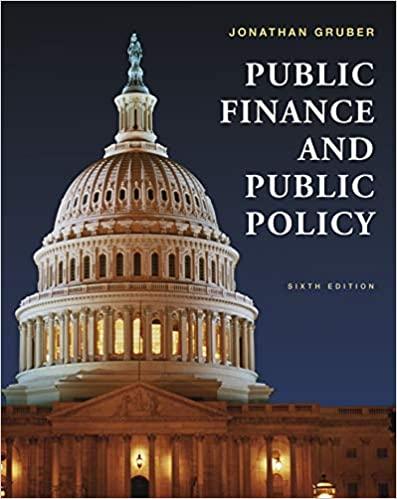After the 2016 election, economists Hunt Alcott and Matt Gentzkow (2017) experiment that attempted to gauge the
Question:
After the 2016 election, economists Hunt Alcott and Matt Gentzkow (2017) experiment that attempted to gauge the impact of fake news stories on American voters. They asked voters about three kinds of highly partisan news stories they might have seen in various media (on TV, in print, on social media, etc.) before the election. The three types of news stories included: stories that were unambiguously true, stories that had been shared widely on social media but were unambiguously false, and a third category of “placebo” stories that were false and made up by the researchers for the purposes of the survey.
Respondents were asked whether they had seen each news story during the election, and whether, given what they knew at the time, they had believed what they read.
Alcott and Gentzkow found about 25% of respondents recalled seeing true news stories, and about 19% believed them.
By contrast, about 15% of respondents recalled seeing the false news stories that had been shared widely on social media, and 8% of them said they believed what they read. Interestingly, nearly the same percentage of respondents (14% and 8%) recalled seeing and believing the “placebo” stories that had been entirely fabricated by the researchers.
Consider this experiment in the context of the explanations for rising U.S. political polarization discussed in the chapter.
What do the survey results indicate about these theories?
Step by Step Answer:






